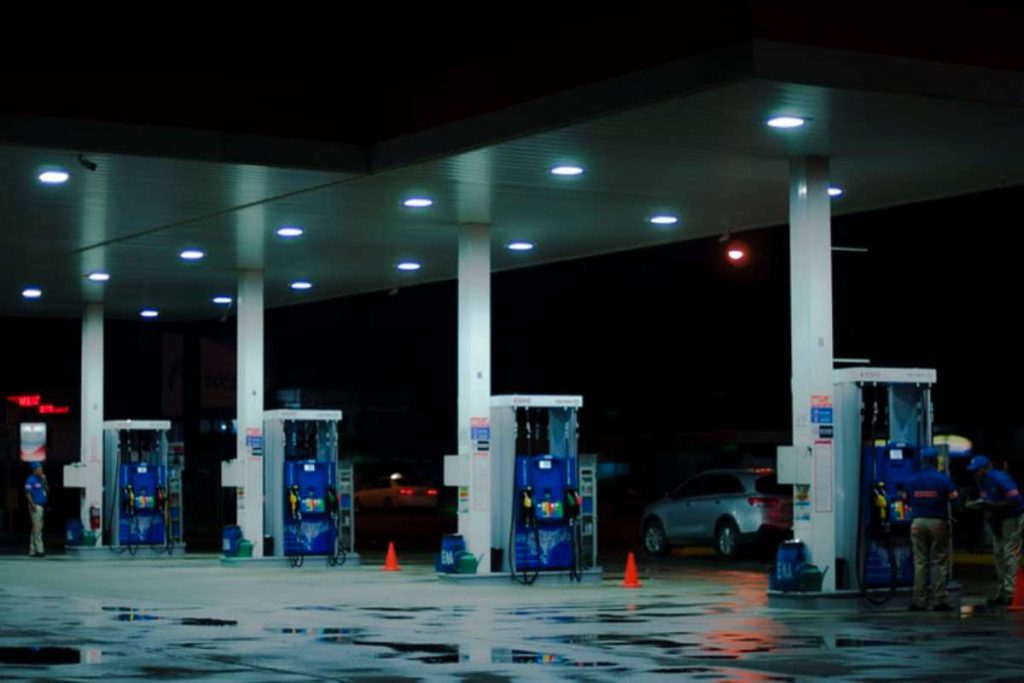If you have accidentally put the wrong fuel in your car and you are unsure what to do, please read the Sixt guide below for some help on the matter.
It’s quite common for a car owner who has a diesel engine to put normal petrol in their car accidentally. If you have put the wrong fuel in your car don’t turn on the ignition or start it up.
If you have turned on the ignition, turn it off immediately and turn off the engine. Failure to do so could result in serious damage to your car and its engine. You will need to remove all the diesel or petrol from your tank and replace it with the correct fuel before you can start your car.
Diesel fuel pumps act on very high tolerances and are lubricated by the fuel. Petrol in a diesel fuel tank acts as a solvent, reducing lubrication and can cause damage to the pump through metal to metal contact.
The further that the fuel goes in the system the more damage it can cause to the engine. Many cars have an electric pump in the tank which starts to circulate fuel as soon as you turn the ignition on so it’s important that you don’t if you want to save yourself a lot of money.

How to drain your engine
If you have put diesel in a petrol engine please follow these steps to drain your engine:
Lift up your bonnet. You will then need to remove the air filter housing so that you can expose the carburettor.
Drain the fuel tank. All fuel tanks have at least two fuel lines attached.
You will need to determine whether your engine uses a mechanical or an electric fuel pump. Mechanical pumps are bolted onto the engine block or the cylinder head. Electric pumps can be located anywhere but they are usually submerged in the fuel at the bottom of the fuel tank.
Locate and remove the fuel line from the carburettor that is supplying the fuel. It will be connected to the fuel filter which may be visible.
All modern cars have anti-siphon devices fitted underneath the filler cap of the fuel tank, you can use the cars fuel pump to drain the unsuitable fuel. Mechanical fuel pumps only function when the engine is turning over.
If the car has an electric fuel pump you may be able to short circuit the wire from the horn or hazard warning or blower circuit into the electric fuel pump circuit after removing two fuses. If you fit a bottle over the end of the line the pump should then empty out the fuel line. If this does not work try filling up a bottle with petrol and making a really small hole at the bottom.
Get someone to turn the engine over so that the starter engages and the battery turns on without the actual engine starting. Let the stream of petrol that leaks out over the carburettor. When the engine starts and runs on the fine stream you can stop turning the engine over. When the line is no longer pumping you can fill the tank up with the correct fuel and put all the parts back to where they were. Turn the engine on until it starts for no more than twenty or 30 seconds at a time or you could burn out the starter. Let the starter cool down each time for perhaps two to three minutes.
If you have put petrol into a diesel engine follow these steps:
It is much the same method but you won’t be about to use a bottle. A small amount of petrol in a diesel car will do little harm and could even help to clean the engine.
If the engine does not have an electric pump then you could use an electric pump from a scrap car. You could also use another fuel tank but remember that the return pipe from the injector pump or the injectors themselves would have to be hooked to it.